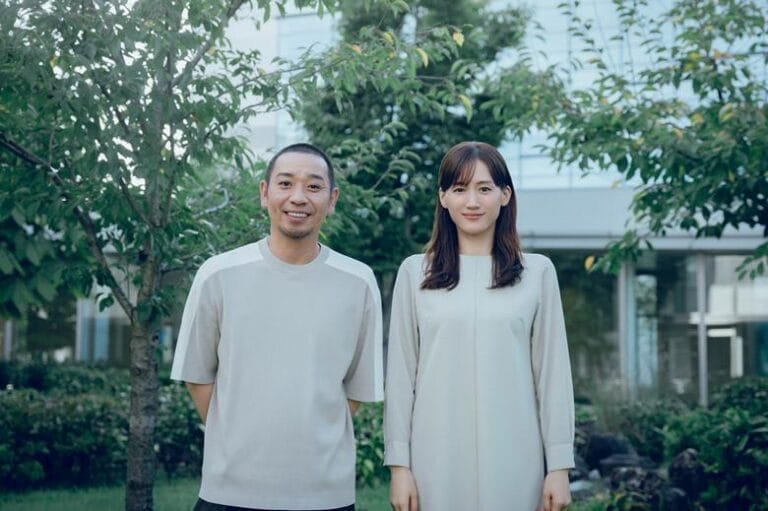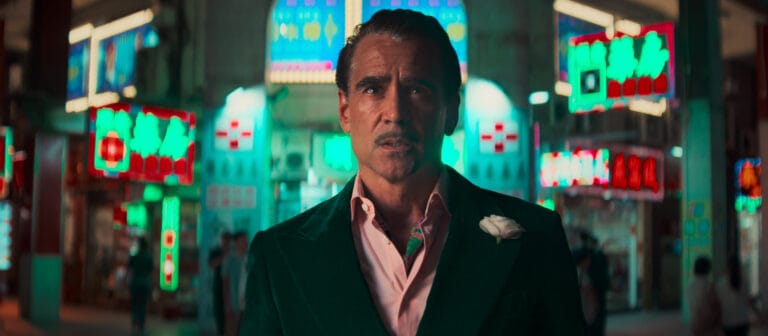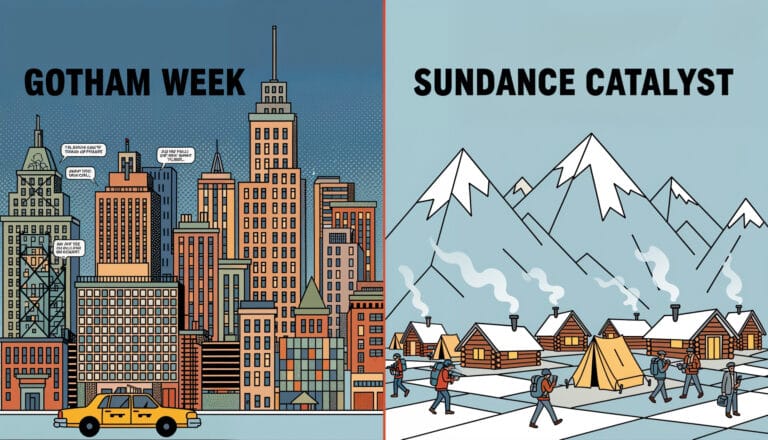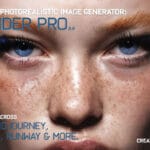Key Takeaways
- To effectively pitch my film project, “Backpacker,” we built a comprehensive proof-of-concept using a hybrid workflow that merges AI-generated visuals with real-world footage and traditional, hands-on post-production.
- The creative process was driven by my tool, AI Render Pro, to translate the script’s specific lore—from creature design to atmospheric locations—into effective prompts for Midjourney, Kling, and Runway.
- The final trailer is a testament to human craftsmanship, using AI as a powerful new tool. All elements were professionally composited, color-graded, and sound-mixed to build a tangible, cinematic case for the film’s potential.
Every film starts as an idea, a collection of words on a page that you hope can ignite the imagination of others. But sometimes, a script and a pitch deck aren’t enough to convey the soul of a project. For my latest film in development, “Backpacker,” this was precisely the challenge. It’s a project we’re incredibly passionate about and are currently pitching to potential partners. To truly do it justice, we needed to show the feeling of the world, not just describe it. This led us to explore a new frontier. The result is a powerful proof-of-concept, and the journey of creating an AI trailer is a story in itself, blending new technology with timeless storytelling craft.
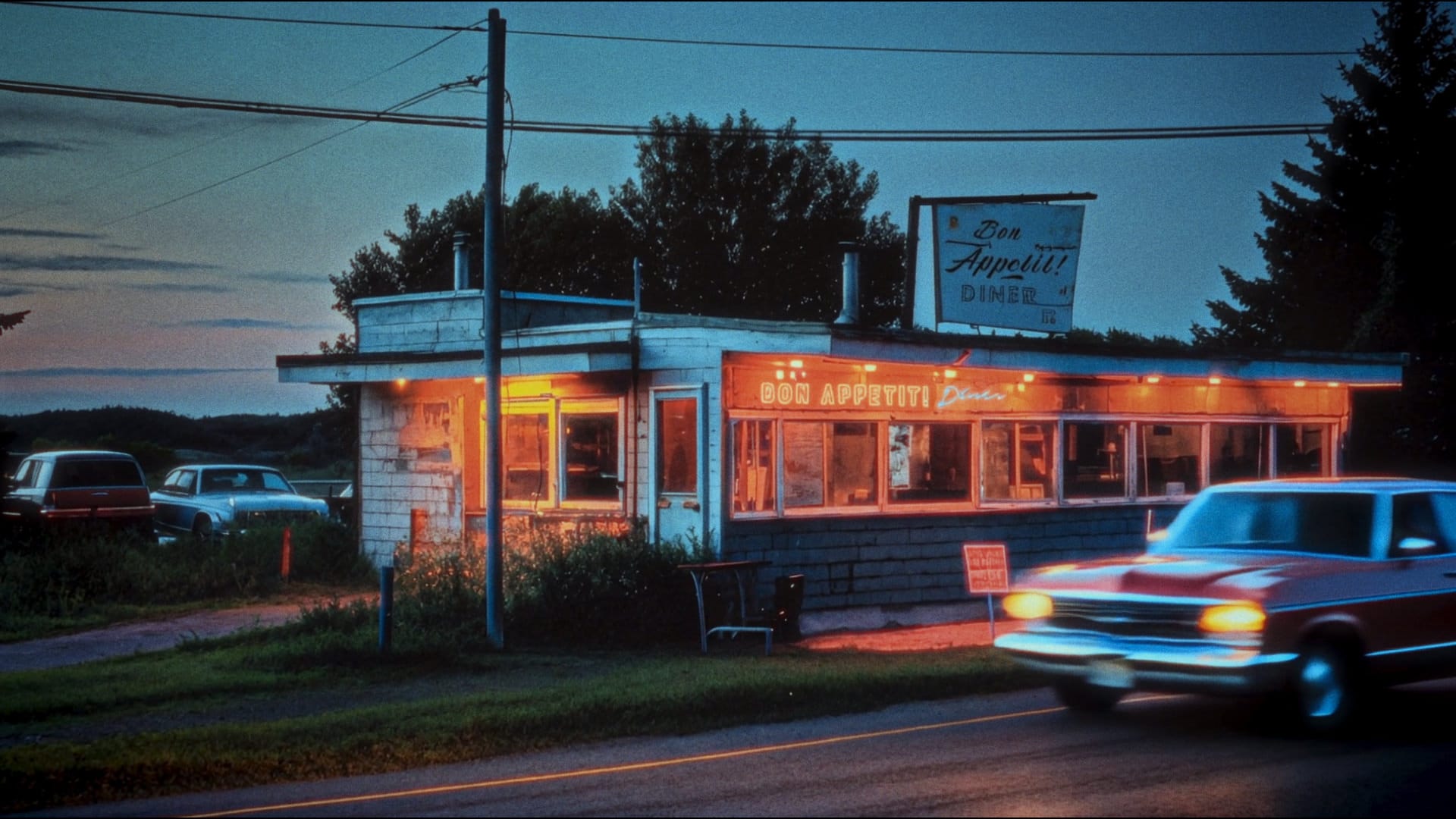
The Vision: Building the Case for “Backpacker”
On paper, “Backpacker” is a complex beast. Our pitch deck describes it as a “twisted love story between two serial killers” set against the vast, forgotten roads of 80s and 90s America. It’s a film designed to surprise the audience, starting with the lighter tones of a road movie before spiraling into a darker, more dramatic thriller with fantasy elements. How do you capture that specific tonal shift in a PDF? How do you show the haunting beauty of the American wilderness while hinting at the “morbid instincts” of the characters within it? This was the core challenge that a traditional pitch couldn’t solve. We needed something more immersive to get the project greenlit.
This is where we decided to build our proof-of-concept not as a simple sizzle reel, but as a fully-fledged piece of cinema. The path forward was to build an AI trailer. This approach allowed us to visualize the film’s most ambitious elements—from its unique creatures to its atmospheric world—without the prohibitive costs of a traditional test shoot. It was a way to make the vision tangible, to present a short, powerful experience that proves the film‘s potential. The entire exercise was a deep dive into creating an concept trailer that could carry the emotional and stylistic weight of the feature film we aim to make.
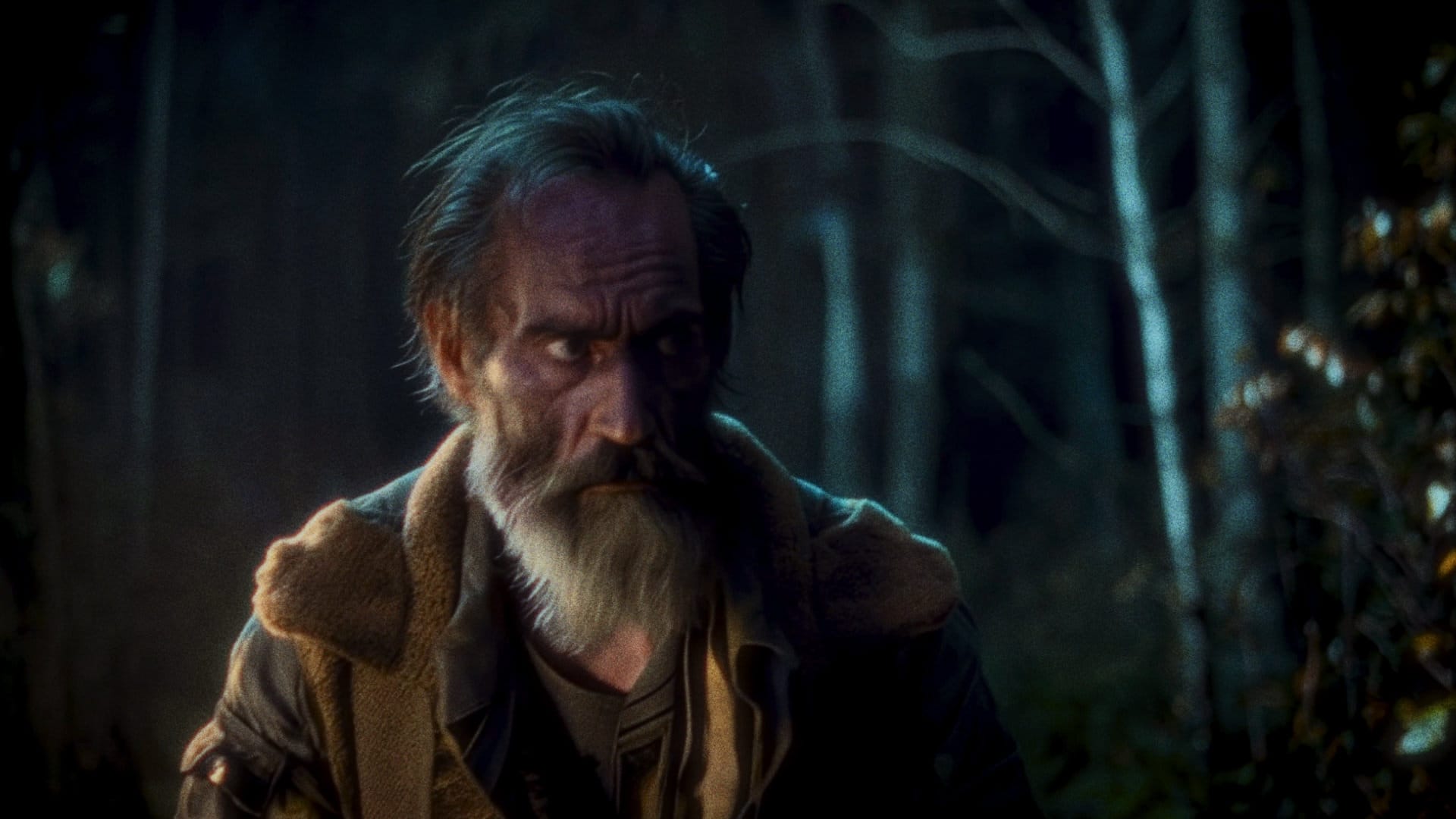
The AI Orchestra: Weaving Prompts, Pixels, and Motion
Our first step was translating the detailed lore from our creative documents into a language that AI could understand. This required more than simple requests; it demanded a structured, cinematic approach to prompting. Using my own tool, AI Render Pro, we methodically built out the visual components. For the film’s central creatures, we didn’t just ask for ‘werewolves.’ We drew from our creative deck, prompting for an “ancient lineage, merging human intelligence with animalistic features”. It took dozens of iterations in Midjourney to capture eyes that held “weary wisdom” 7 instead of just monstrous rage, a key part of our vision for these beings.
With a library of high-fidelity still images serving as our conceptual art, the next step was to breathe life into them. We fed these images into AI video generators like Kling and Runway, using them as anchors for new motion clips. This iterative method is at the heart of creating an AI trailer that feels deliberate and art-directed, not randomly generated. We would refine text prompts to control the camera’s slow push-in on a character’s face or the frantic energy of a chase. This process is like conducting an orchestra; each AI tool has its strengths, and knowing how to blend them is the craft. The goal was to produce a collection of clips that, while generated, felt guided by a filmmaker’s hand, forming the raw material for a truly unique AI concept trailer.

The Human Touch: Where Craftsmanship Takes Over
The raw outputs from the AI were just the beginning. A folder of disconnected clips doesn’t tell a story. This is where decades of traditional post-production experience became indispensable. The process of making this AI concept trailer is as much about this human-led integration as it is about the initial generation. We brought everything into a master timeline, and the real work of filmmaking began: editing for rhythm and tension, compositing layers in After Effects to blend AI elements with real-world stock footage, and building a world with sound. A crucial part of our workflow involved creating a believable sense of place, which is why a well-executed AI concept trailer relies so heavily on post-production.
The most critical step was color grading in DaVinci Resolve. The stock footage, the Midjourney stills, and the Runway clips all had their own digital fingerprints. The color grade was the glue that unified everything, giving the entire piece the consistent, gritty aesthetic of a 90s thriller. Finally, sound design is what sells the illusion. We worked on a full 7.1 surround sound mix in Fairlight, creating the unsettling atmosphere of the forest at night, and the roar of Terry’s pickup truck. And, of course, we hired a professional actor for the voiceover. Technology is a powerful paintbrush, but the artist’s hand must be the one to guide it.
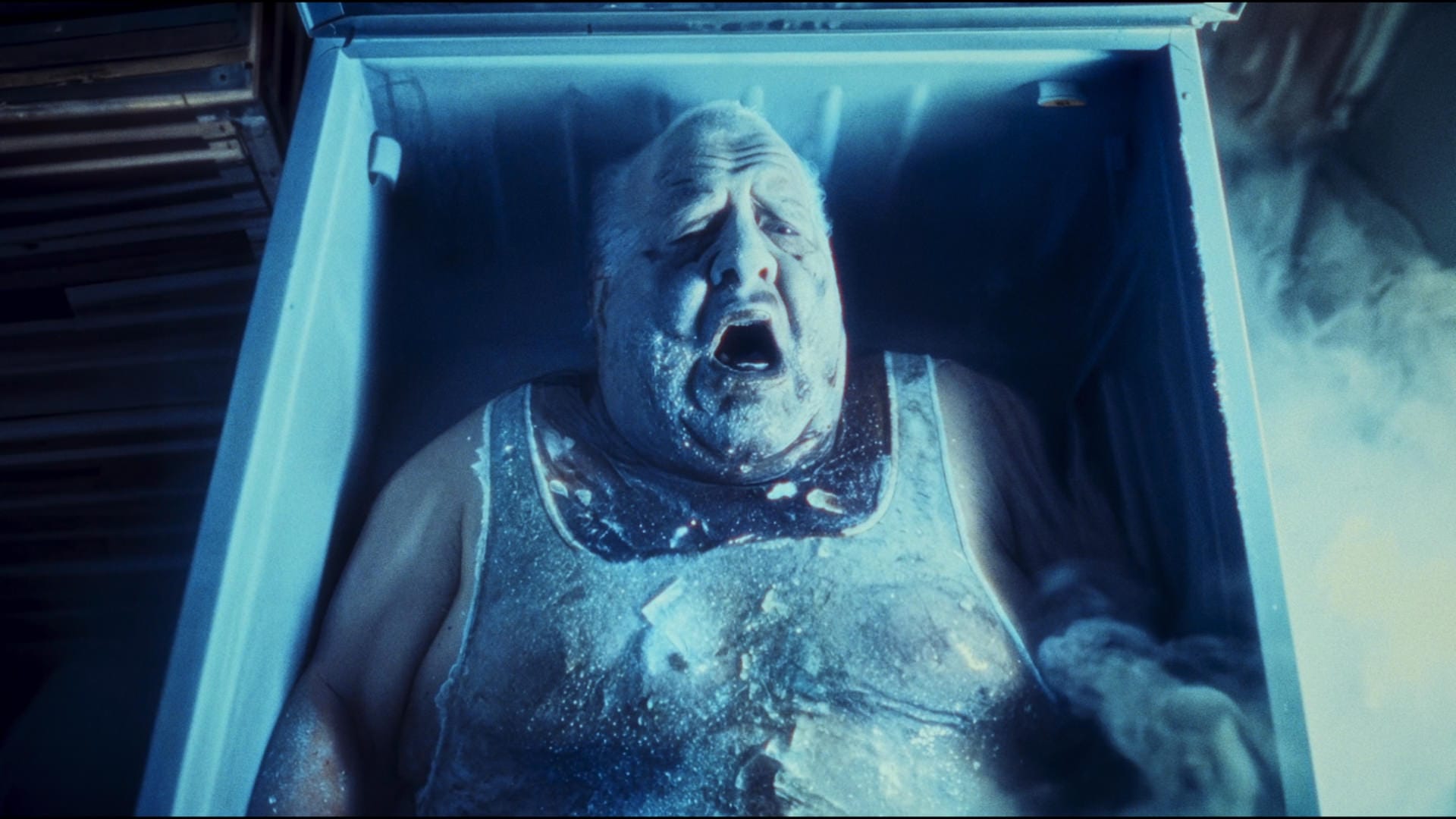
Why Hybrid Storytelling is the Future of Pitching
This project solidified my belief in hybrid creativity. The final AI concept trailer isn’t an ‘AI film’; it’s a film made by people, with AI as a primary new tool in the toolbox. The decision to mix stock footage with AI-generated content was a conscious one. The real-world footage provides a foundation of authenticity, making the fantastical elements—like our majestic beasts—feel all the more visceral and believable when they appear. This blend is what makes the final product feel so unique, and it’s a powerful method for creating an AI concept trailer that feels grounded.
You can watch the full concept trailer for “Backpacker” below.
Conclusion
From a few lines in a script to a living, breathing trailer, this experiment in creating an AI concept trailer has been an incredible validation of what’s now possible for filmmakers. This process isn’t just a technical experiment; it’s our tangible effort to bring “Backpacker” from a script to a fully realized production. It’s our calling card, designed to find the right partners to bring this world to the big screen. The power of a well-crafted trailer lies in making the dream tangible for everyone to see, bridging the gap between imagination and a green light. The future of pitching is visual, and this workflow for creating an AI trailer is a step in that direction.
I also recently created an AI section on my Official Director’s Folio for hosting similar projects in the future..
Learn more about the project on our official page: Studio Supreme Films – Backpacker.
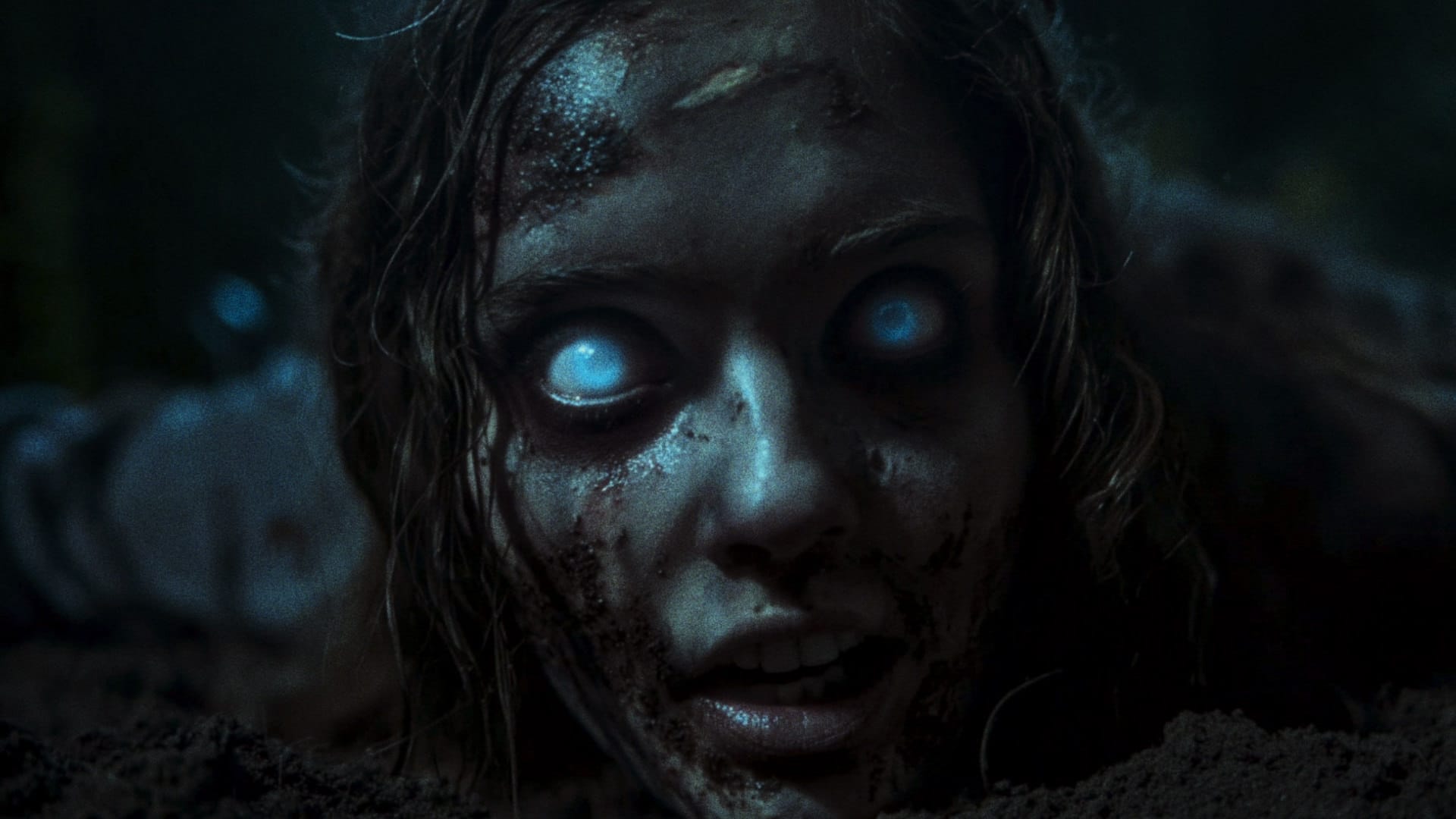
FAQ
What is a hybrid AI concept trailer?
A hybrid AI concept trailer is a short film used for pitching a movie that blends footage generated by artificial intelligence with real-world elements, such as stock footage. It is then assembled and refined using traditional post-production software to present a proof of concept.
Why use an AI concept trailer for pitching?
For independent filmmakers, using AI is significantly more cost-effective and faster than organizing a live-action shoot. It allows for the visualization of complex creatures and fantastical locations, making it an invaluable tool for securing funding and attracting partners.
Is the voice-over in the “Backpacker” trailer AI-generated?
No, it is not. We hired a professional human actor for the voice-over. We believe that human performance is crucial for conveying the emotional depth and nuance necessary to effectively sell the vision for a film.
Discover more from Olivier Hero Dressen Blog: Filmmaking & Creative Tech
Subscribe to get the latest posts sent to your email.






